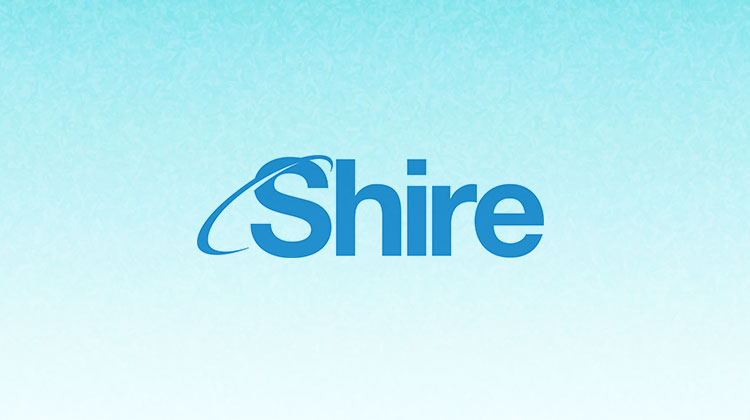Q&A with Shire’s Robert Dempsey

Shire this week announced plans to acquire Foresight Biotherapeutics for $300 million. Robert Dempsey, Shire’s vice president and head of the company’s ophthalmic unit, kindly agreed to answer a few questions about Shire’s push into ophthalmology.
In 2013, Shire acquired SARCode and suggested an FDA submission for lifitegrast as a treatment for Dry Eye might be in the offing in 2016. Yet, you could be positioned to get a decision on the drug by the end of this year thanks to the priority review granted by the FDA. Can we get any updates on lifitegrast?
As you know the NDA for lifitegrast is undergoing FDA review. The PDUFA date when we expect to hear from the FDA regarding the NDA is Oct. 25. We continue to have confidence in the totality of our existing clinical development program of over 1,800 patients. But we also recognize the high regulatory hurdles in this therapeutic category.
To help bolster our existing data and to support additional regulatory filings in other countries, we initiated OPUS-3, a symptom-only study looking at both efficacy and safety of lifitegrast. Opus-3 is now fully enrolled and we’re looking forward to seeing top-line data in Q4.
We are excited by the potential for a new therapy in this area and what it may mean for the millions of patients with dry eye disease who have been without a new prescription treatment option for over a decade.
With acquisition of Foresight, you have FST-100, a potential breakthrough treatment for conjunctivitis. FST-100 has cleared Phase II trials and the company was in discussions with the FDA about the design and execution of Phase III tests. What role will Shire play in the design of those studies and is it possible you could speed things along as you did with lifitegrast?
With the acquisition of Foresight Biotherapeutics, Shire assumed responsibility for completing the design and implementation of the phase 3 clinical development program for FST-100. We are still in the process of setting timelines.
So Shire’s big forays into ophthalmology tackles two huge areas with limited treatments. Is the company’s strategy to go after the highest and biggest fruit on the tree? Or do you see Shire building out a portfolio of smaller, add-on eye products?
Shire is focused on continuing to expand its ophthalmics portfolio to include treatment options for rare diseases and those for anterior and posterior segment eye conditions. Acquisitions in the last two years include SARcode Bioscience, Premacure AB, BIKAM Pharmaceuticals and just recently, Foresight Biotherapeutics, and they have helped bolster Shire’s early-, mid- and late-stage ophthalmics pipeline.
The Company currently has an ophthalmics pipeline of investigational products in dry eye, retinopathy of prematurity, autosomal dominant retinitis pigmentosa, glaucoma, and now adenoviral and bacterial conjunctivitis. The acquisition of Foresight Biotherapeutics positions Shire to potentially become a leader in providing treatments for ocular surface conditions, which encompass dry eye disease and infectious conjunctivitis.
What about internal R&D? Does Shire have designs on building an internal platform? Or will it continue to look at late-stage compounds developed by privately held companies?
Shire is growing its portfolio through both internal R&D efforts as well as the acquisition of early, mid- and late-stage compounds being developed by either private and/or public companies.
Does Shire have any interest in medical devices?
Shire is currently focused on developing and bringing to market innovative therapeutics that address unmet patient need. Medical devices are not a focus for Shire.

